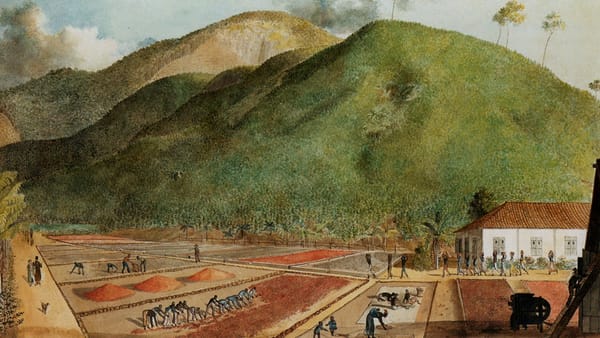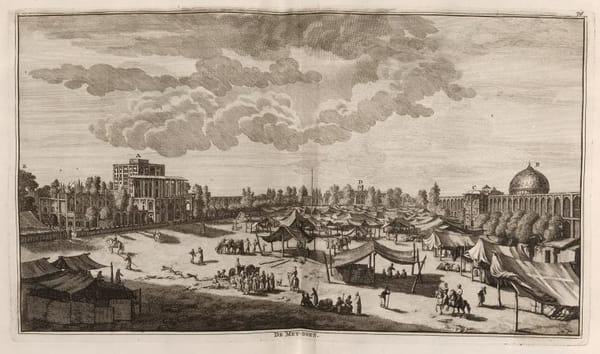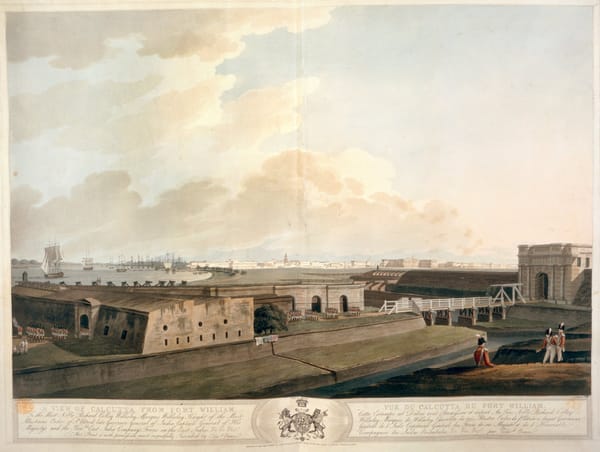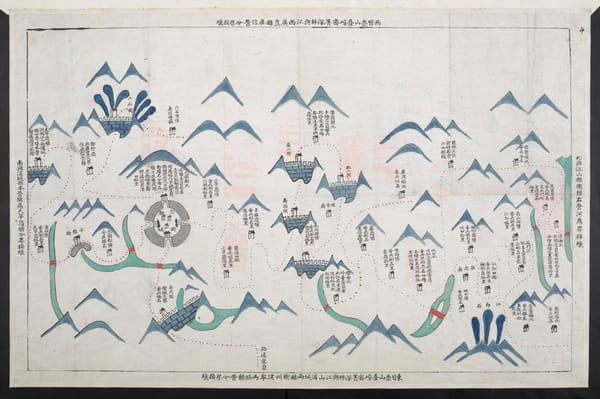A schemer’s plan to create a Portuguese Calcutta (1784)
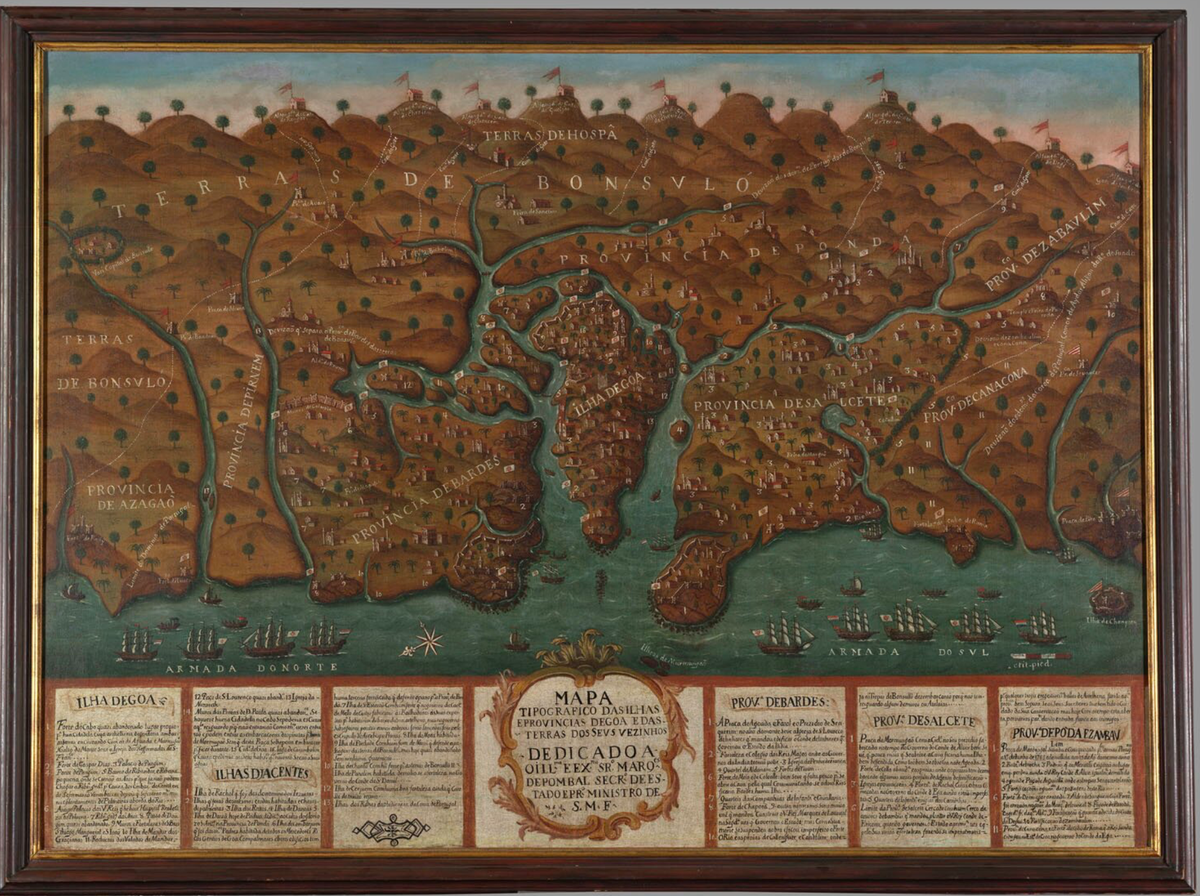
When, in 1784, a certain George Gearmain submitted to the Queen of Portugal a plan to found a colony in Bengal, the Portuguese involvement in the lands of the Ganges-Brahmaputra delta was already more than two and a half centuries old. The Portuguese were quick in adapting to the geographical shifts, economic changes, and political volatility that marked the region in the early modern period. It did not take long until they formed their own neighborhoods in a number of ports of the Bay of Bengal, stretching from Balasore, on the coast of Orissa, to Chittagong, adjacent to Arakan. These Portuguese quarters were known across maritime Asia as bandéis (sing. bandel), a corrupted form of the Persian word bandar (“port”). Home to a vibrant Portuguese and mestizo community of merchants and adventurers at the turn of the seventeenth century, one of the most renowned among them was the Bandel de Ugolim, or simply o Bandel. The port of Hughli, in West Bengal, had risen to prominence in the last decades of the previous century, thus coinciding with the spread of Mughal political authority to the region. It profited from, and contributed to, the eclipse of Satgaon, a port located further south in the delta, ruined concurrently by the silting of the river channel. One day, though, Hughli was outshone by another settlement: Calcutta. Born out of a conflict between the Mughals and the English, Calcutta had shaky beginnings in the 1690s but was destined to thrive as a major South Asian city.
Hughli’s demise began to loom half a century earlier due to a disruptive occurrence. In the early years of his rule, and for reasons that remain unclear in part, the Mughal emperor Shahjahan (r. 1628–1658) ordered an attack on the Bandel. The siege of Hughli lasted from June to September 1632 and predictably ended in the death, captivity, or flight of the port’s Portuguese and Christian population. Quite surprisingly, though, the reconstitution of Portuguese Hughli was fast. Indeed, an imperial decree (farman) authorizing and regulating their return was issued in 1633. Yet this is a problematic piece of evidence: often mentioned in the Portuguese sources thereafter, the actual document has survived only by way of an early nineteenth-century translation, entitled “copy of the Firmão (Farman) of the 17 Privileges of the Baixá (Padshah) written in the Persian language, along with its Portuguese version”. Shahjahan’s edict guaranteed religious freedom to the Portuguese residents as well as rudimentary legal autonomy under the authority of the “Priest of Bandel”, essentially through his right to administer justice and manage the property of the deceased. It comprised some protective measures vis-à-vis the Dutch presence and established tax advantages for the Portuguese residents. Some privileges, like numbers 12 and 15, were particularly designed to encourage the repopulation process. What is more, the Portuguese were granted a considerable plot of land — 777 bighas, approximately 260 acres — in the outskirts of Balagarh.
Other Western powers meanwhile engaged in carving their own niches in the region. In the following years, the Dutch established several trading settlements in Bengal, including one in Hughli. The French secured Chandernagore in 1690. By the late 1700s, even lesser players such as Denmark and Sweden held interests in the Ganges delta. The Bharigathi-Hughli river was now a busy corridor, packed with European enclaves. Among them, it is well known, the city of Calcutta excelled. But the fortune of the English was not exclusively commercial. Ruling over a waning state, the Mughal emperor would appoint the East India Company (EIC) as the diwan (administrator) of Bengal, before eventually granting it the status of protector of the empire in 1803.
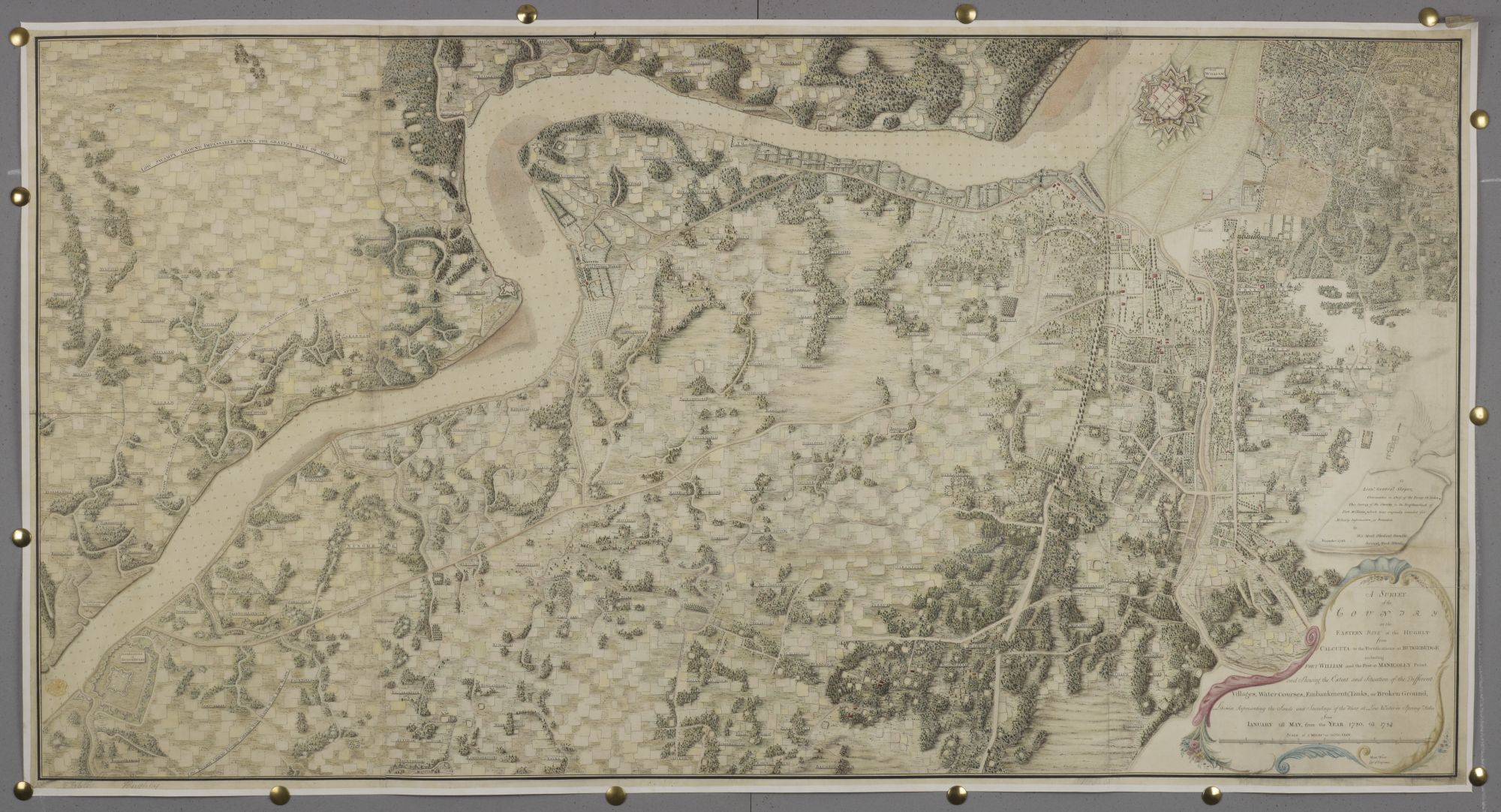
Long gone were the days when the Portuguese sailed from port to port in the Bay of Bengal without having to worry about possible European competitors. Still, at least a few Portuguese in the late eighteenth century were not convinced that it was the end of the story and sought to obstruct the EIC’s hegemony. Based on news received from India, the ambassador of Portugal to London informed Lisbon in 1782 that, not far from Calcutta, there was “a port called Bandel”, inhabited “by some fugitive Portuguese who have no recognized law or government, although they hoist a Portuguese flag and have a priest who exercises a loose authority over them”. Lisbon requested further information from the Goa-based governor of the Estado da Índia, Dom Frederico Guilherme de Sousa Holstein (g. 1779–1786) who, in turn, passed the matter on to the Augustinians, the most influential Catholic missionaries in Bengal. The latter’s view on Hughli is condensed in a letter from Friar João Nicolau de Sá, former prior of the Hughli monastery, dated February 1785. Sá attempted to check any dreams of founding a Portuguese colony afresh, emphasizing that there were no Portuguese in Hughli, stressing the settlement’s poverty, and warning of the inevitable English opposition to the project. Sá went on to note that the bandel had been granted to the church, not to the state, an argument employed by the English as soon as the question was first raised.
George Gearmain took a totally different stance. In an extensive memorandum — a twenty-seven-folio representation (representação) — written on the last day of 1784, this resident of Calcutta presented in minute detail his bold ideas on how to relaunch the Portuguese influence in Bengal, a region he saw as “the richest part of Asia and center of the greatest trade” (all the English quotations of Gearmain’s text correspond to my own translations of its published Portuguese version in Flores, “Um projecto de recuperação”, 215–236). Gearmain was either Portuguese or, like so many of those who populated the Bay of Bengal in this period, of Portuguese descent. He does not say much about himself in the representação, besides affirming his “long experience of the commercial affairs of entire India”. First discussed in Goa and a month later sent to Lisbon to be presented to Queen Maria I (r. 1777–1816) by the board of trade (Junta Real do Comércio), Gearmain’s project entailed the revival of Portuguese Hughli. What the proponent had in mind, though, was not the old seventeenth-century bandel. Rather, he envisaged a modern eighteenth-century colony, capable of overthrowing Calcutta.
Obviously, we cannot discuss Gearmain’s text at length. In a nutshell, the author expected that certain political conditions could be safeguarded prior to the implementation of an ambitious economic plan. Lisbon ought to secure the “possessions and privileges that the Mughals of Delhi granted to the Portuguese Nation in Bengal”. Established by the never-revoked imperial concessions of 1633, these rights had been gradually neglected by the Augustinians, whom Gearmain accused of kowtowing to the EIC. Interestingly, the proponent did not acknowledge that the concessions were made to the missionaries. He otherwise argued that Shahjahan “granted freedom to the Portuguese to return to the Bandel” yet the priests gradually became “lords of the possessions”. It was essential to recover these missing documents, lost due to negligence and time erosion, so as to reinstate Portuguese supremacy among the western powers. As Gearmain put it, none of the European nations involved in Bengal could claim to possess such privileges, as theirs only referred to maritime trade with no authority over the land. Even the extreme concessions made to the English did not annul the Portuguese ones: the imperial “grants made to the Portuguese are distinct, and independent from the jurisdiction of the English and the Nabob”. Therefore, the restoration of the status quo ante necessarily implied the commitment of the Crown. Indeed, it was the “royal guarantee offered by Your Majesty [i.e., Queen Maria I]” — a phrase repeated throughout the memorandum — that differentiated the Portuguese from the others, which were represented by mere trading companies. He consequently recommended that Goa send an emissary to Delhi tasked with soliciting the Mughal ruler (Shah Alam II, r. 1759–1806) to “renew by way of a new farman, the old possessions, immunities, exemptions, licenses, and privileges”.
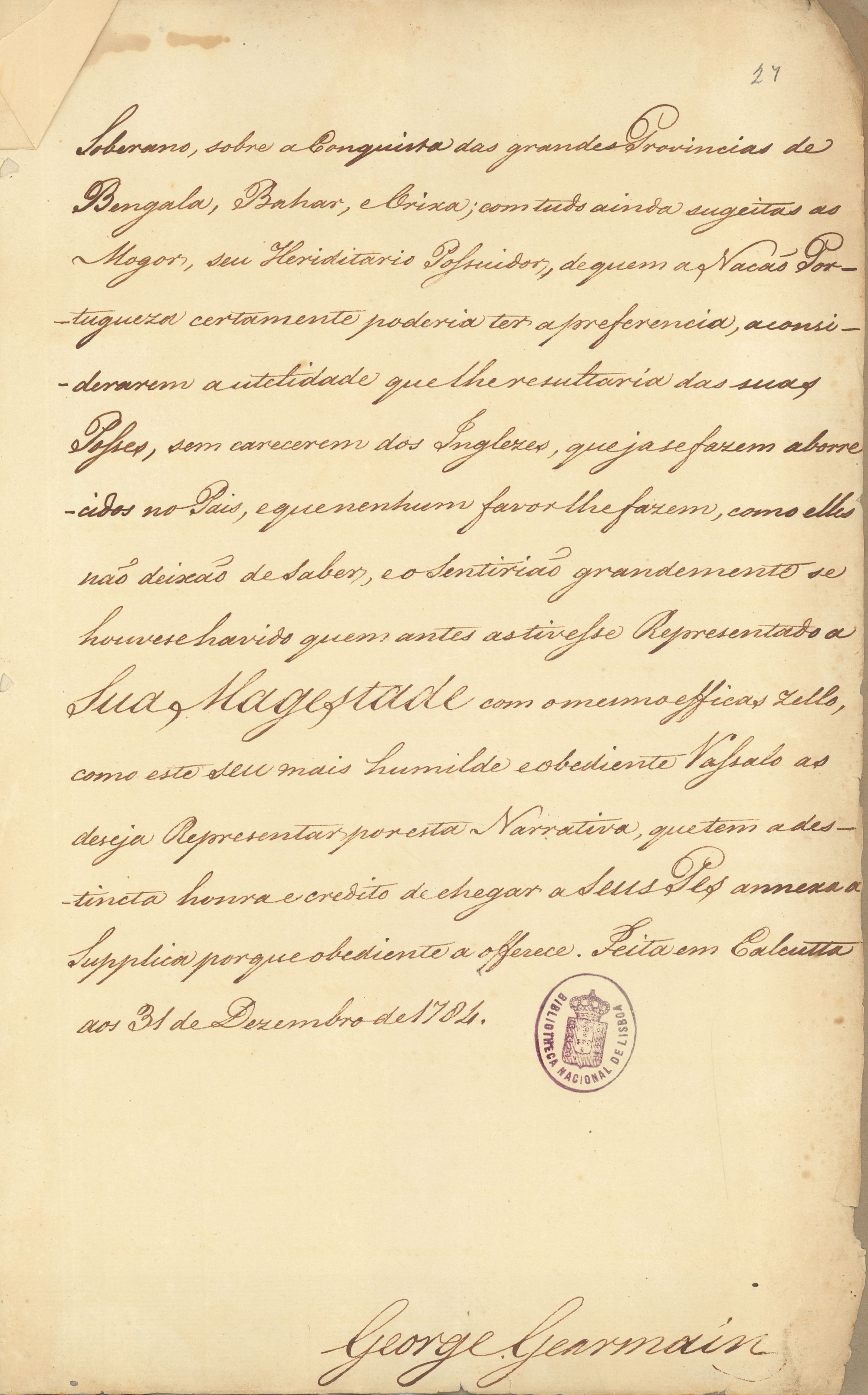
Having set out the political and diplomatic strategy to be adopted, Gearmain moved on to define the economic and demographic texture of the new colony. He wished for “new Hughli” to play a pivotal role in the trade of entire maritime Asia, from the Red Sea to the South China Sea. With the creation of an official settlement in Bengal, Portugal would earn the status of “resident nation”, a vital condition for commercial success. Moreover, a colony meant military protection, which would definitely attract the many Portuguese scattered across Bengal. Equally, the mestiços who served in Calcutta as interpreters and agents would surely move to the new colony and thus bring to an end the humiliation imposed on them by the English. “Since they have Portuguese surnames”, he reasons, these men “would be considered as equals for the first time”. In his view, the English “treat the Portuguese with indifference” and “always distinguish them according to color and only love the money they have”. Gearmain, who invariably vilified the “haughty and presumptuous” English nation, somehow offered here a rudimentary elaboration of Luso-tropicalism, a theory developed much later by the Brazilian sociologist Gilberto Freyre (d. 1987): the “Portuguese world” was soft, even benign, especially when compared to the severe colonization practiced by other Europeans.
The economic program designed to assure the new colony’s success was as audacious as it was ingenious. Regarding commercial flows, Gearmain sought to recuperate important monopolies, especially those on salt, tobacco, and areca nut. He likewise expected that Madeira wine would be sold in Bengal directly by the Portuguese, thus putting a stop to the “outrageous” English monopoly, as well as to the damaging effect of trade conducted by smaller actors such as the Danish. And, by taking advantage of the fact that the concessions made to the Portuguese in 1633 included inward-bound trade, the colony would be in a privileged situation to funnel all the European and Asian imports into Bengal. The metropole’s direct participation was both possible and desirable in this context: the businessmen from the Praça do Comércio were expected to form “a Company or Society for Asia and its dependencies”, for there was no shortage of “people of great capacity and knowledge of trade with Asia” in Lisbon. Concerning natural resources, the Portuguese were proprietors of a large expanse of fertile land and could easily produce sugar and indigo in Bengal. Gearmain also planned to set up cotton and silk factories, which would attract a crowd of unemployed Bengali workers. Furthermore, the colony was going to serve as a springboard for the creation of several factories in the region. He trusted, in particular, that the Mughal emperor would agree to renting out the lands of Golconda and Benares: factories would be established there, and the Portuguese would assert their position in diamond mining, wresting control of the industry from the hands of the English Jews and Armenians.
George Gearmain was a projector living in an age of projectors. Many of his equals were likewise based in the Bay of Bengal and placed the region at the center of their schemes. Such was the case of the surgeon James Anderson and his “paper speculations” on sericulture and silk trade (Berg, “Passionate projectors”) or Major William Tolly, also a Company servant, and his plan to make a canal between Calcutta and the Sunderbans (Sengupta, “William Tolly and his canal”). Like Anderson’s and Tolly’s, Gearmain’s project was never put into practice. The subject matter kept being discussed at the highest level until at least the eve of the Portuguese Liberal Revolution of 1820, but in his “visit to Bandel” in 1865–1866, the archbishop of Goa — Dom João Crisóstomo de Amorim Pessoa — could not help lamenting the absence of Portuguese residents: “Will I be the last? Who knows. It is many years since the last reinol (from the “realm”, i.e., Portugal) set foot here”.
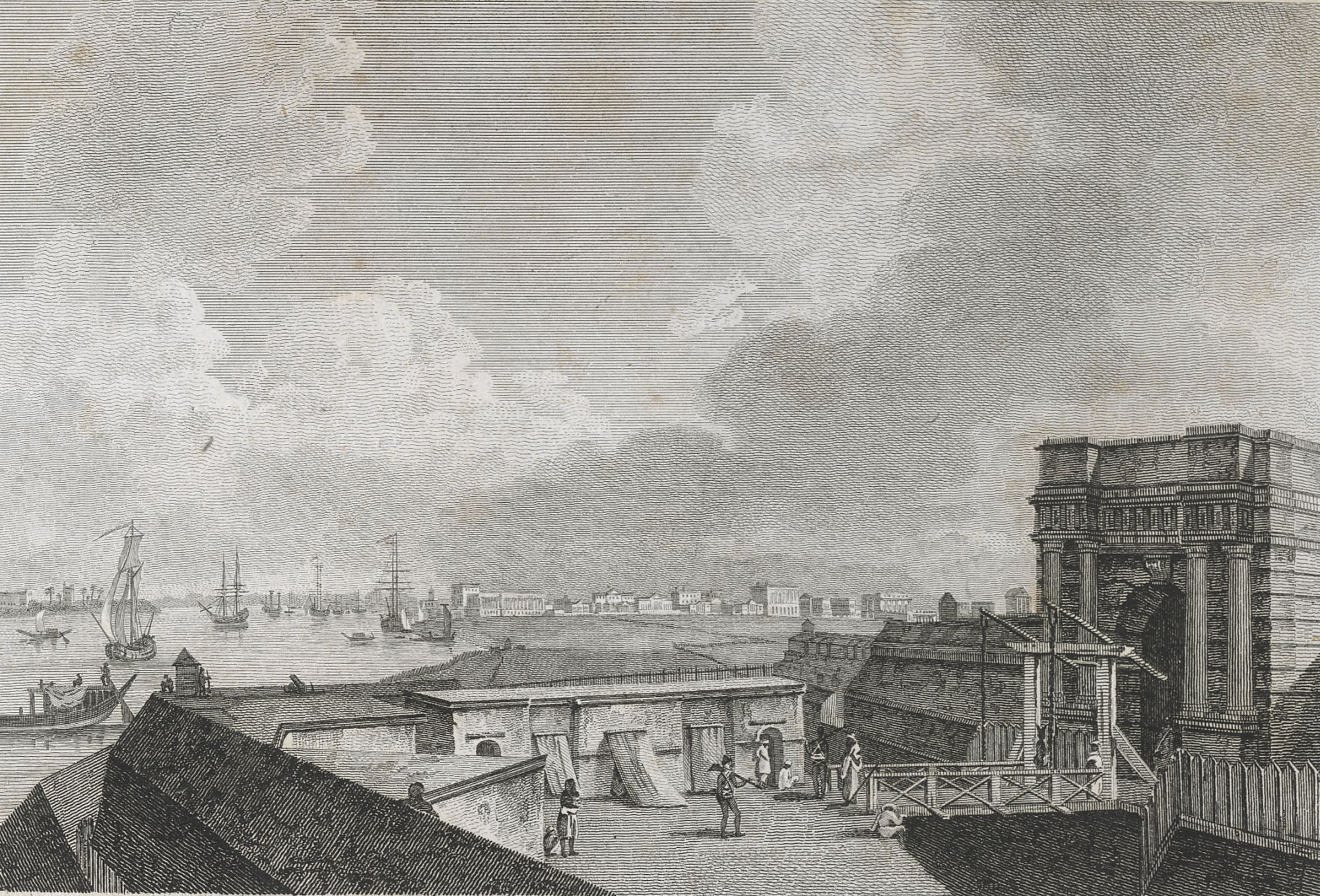
The representação penned by George Gearmain suggests several observations about the world of European empires and their port-cities in the late eighteenth century. First, it should be noted that the debate concerning the Portuguese rights in Bengal that unfolded between Calcutta, Goa, and Lisbon at such a late stage systematically took as point of reference the Mughal attack on Hughli of 1632 and the events that immediately followed it: historical memory, record preservation, precedent, and antiquity had pride of place in this political discussion. Second, the permanent friction between priests and businessmen in Bengal, with the latter invested on blackening the former’s reputation, is worth stressing. At a higher level, we see clearly that waning imperial formations — or “portions” of them, as it was the case of the Estado da Índia in 1784 — are not necessarily imperial swamps. They, and their multiple agents, instead showed a considerable ability to react, adapt, and argue. They often pondered alternative, if sometimes illusive solutions. And yet, the failed routes are as relevant for the historian as the routes taken.
Finally, the nature of the enclave our projector had in mind to rival Calcutta is intriguing. Like empires, seaports and factories were malleable bodies and could have several lives. George Gearmain designed Hughli as a colony made of productive land, a good harbor, a thriving trading center, and a dynamic population. The new Bandel would also constitute a protected seat of power and the node of a series of satellite factories to be created in other areas of India under the Portuguese flag. What Gearmain failed to discuss was the ability, or lack thereof, of that imagined place to dethrone Calcutta as center of colonial knowledge. A difficult endeavor, considering that the Asiatic Society had been founded roughly a year before the submission of the representação. George Gearmain was no William Jones.
References:
Berg, Maxine. “Passionate Projectors: Savants and Silk on the Coromandel Coast 1780–98”, Journal of Colonialism and Colonial History 14, no. 3 (2013).
Flores, Jorge. Unwanted Neighbours: The Mughals, the Portuguese, and Their Frontier Zones (New Delhi: Oxford University Press, 2018).
Flores, Jorge. “Um projecto de recuperação dos interesses económicos portugueses no Bengala: a representação de George Gearmain a D. Maria I (1784)”, Ler História 43 (2002).
Flores, Jorge. “Relic or Springboard? A note of the ‘Rebirth’ of Portuguese Hughli, ca. 1632–1820”, The Indian Economic and Social History Review 39, no. 4 (2002).
Halikowski-Smith, Stefan. “Languages of Subalternity and Collaboration: Portuguese in English Settlements Across the Bay of Bengal, 1620–1800”, International Journal of Maritime History 28, no. 1 (2016).
Raj, Kapil. “Settling Differences, Managing Difference: The Urban and Intellectual Dynamics in Eighteenth-Century Calcutta”, Revue d’histoire moderne et contemporaine 55, no. 2 (2008).
Sengupta, Kaustubh Mani. “William Tolly and His Canal: Navigating Calcutta in the Late-Eighteenth Century”, Journal of Indian Ocean World Studies 5, no. 1 (2021).
Subrahmanyam, Sanjay. Improvising Empire: Portuguese Trade and Settlement in the Bay of Bengal, 1500-1700 (New Delhi: Oxford University Press, 1990).


